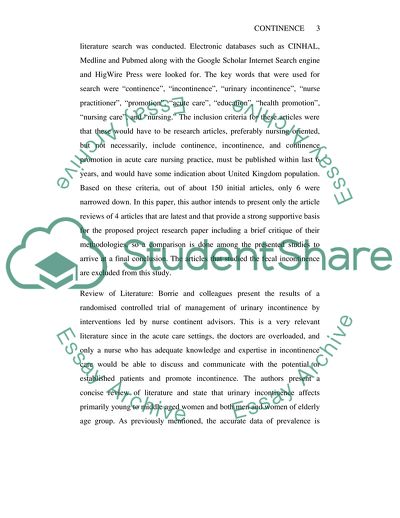Cite this document
(Urinary Incontinence Literature review Example | Topics and Well Written Essays - 2467 words, n.d.)
Urinary Incontinence Literature review Example | Topics and Well Written Essays - 2467 words. Retrieved from https://studentshare.org/health-sciences-medicine/1717000-continence-promotion-in-acute-care-servises
Urinary Incontinence Literature review Example | Topics and Well Written Essays - 2467 words. Retrieved from https://studentshare.org/health-sciences-medicine/1717000-continence-promotion-in-acute-care-servises
(Urinary Incontinence Literature Review Example | Topics and Well Written Essays - 2467 Words)
Urinary Incontinence Literature Review Example | Topics and Well Written Essays - 2467 Words. https://studentshare.org/health-sciences-medicine/1717000-continence-promotion-in-acute-care-servises.
Urinary Incontinence Literature Review Example | Topics and Well Written Essays - 2467 Words. https://studentshare.org/health-sciences-medicine/1717000-continence-promotion-in-acute-care-servises.
“Urinary Incontinence Literature Review Example | Topics and Well Written Essays - 2467 Words”, n.d. https://studentshare.org/health-sciences-medicine/1717000-continence-promotion-in-acute-care-servises.


